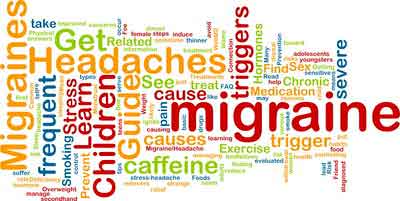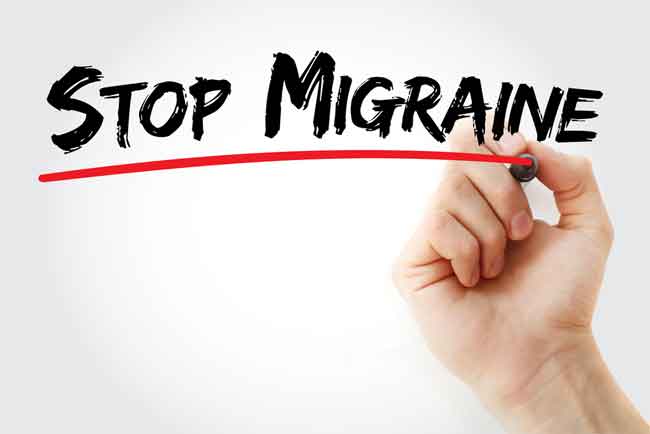People who have more than three migraine headaches a month may want to talk to their doctor about medications to help. Here are some options to discuss.
Goals of preventive therapy include decreased migraine frequency and less pain, according to Prescriber’s Letter, an authoritative professional newsletter. (Prescriber’s Letter Detail Document 270308, March 2011) Preventive therapy may also improve the effectiveness of acute treatment, the medications that are used only when pain starts.
Each of these medications can have adverse side effects, and may not be appropriate for individual cases. They are listed here for possible discussion between patient and doctor. This information is relative to adults only; migraine in adolescents and children may have other, special considerations.

- Beta blockers. This class of medication can be considered “first-line,” according to Prescriber’s Letter. Up to 80% of people get some benefit. Many end up with only half as many headaches. Beta blockers interfere with the sympathetic nerve system, and may retard blood vessel constriction. They are usually avoided in people with asthma and certain heart problems. Some beta blocker medications are propranolol and timolol.
- Botulinum toxin. This treatment is sometimes considered for people who have 15 or more migraine headaches per month, and with the headaches lasting at least four hours. It is not likely to be useful in people with fewer headaches. Paradoxically, it can cause headaches, and sometimes can make migraines worse.
- Calcium channel blockers. These medications are usually used to control high blood pressure. They can have “modest benefit” according to Prescriber’s Letter. Verapamil is probably the most commonly used calcium channel blocker for this purpose. It can cause heart block and heart pumping dysfunction in some cases.
- Gabapentin. Definitely not first-line, this medication can cause drowsiness and poor coordination, and may be especially troublesome in people with kidney problems.
- Topiramate. Could be considered a first-line drug, it has been shown to cut migraine frequency in half for some people. Women taking oral contraceptives need to know topiramate can reduce the efficacy of the pills, and they need to take other precautions. Topiramate may increase the risk of glaucoma, high blood pressure, and kidney stones. Studies have shown it may increase risk of birth defects such as cleft palate when used during pregnancy. It may have effects on the nervous system, causing fatigue, nausea, and other problems. This drug is used to prevent seizures.
- Tricylic antidepressants. Prescriber’s Letter also considers this class of medications as first-line. They suggest tricyclics may be used along with beta blockers (take both medications) for even better results, and that might be better than increasing the dose of the beta blocker. Tricyclics have anticholinergic effects, and can cause dry mouth, confusion, constipation, and heart effects. Nortriptyline is tolerated better than amitriptyline, according to Prescriber’s Letter. Clomipramine is not useful.
For people with many migraine headaches, the risk of adverse side effects from medication may be worth the potential benefit. Information here is only general. Selection of a medication should be a matter between patient and doctor.

